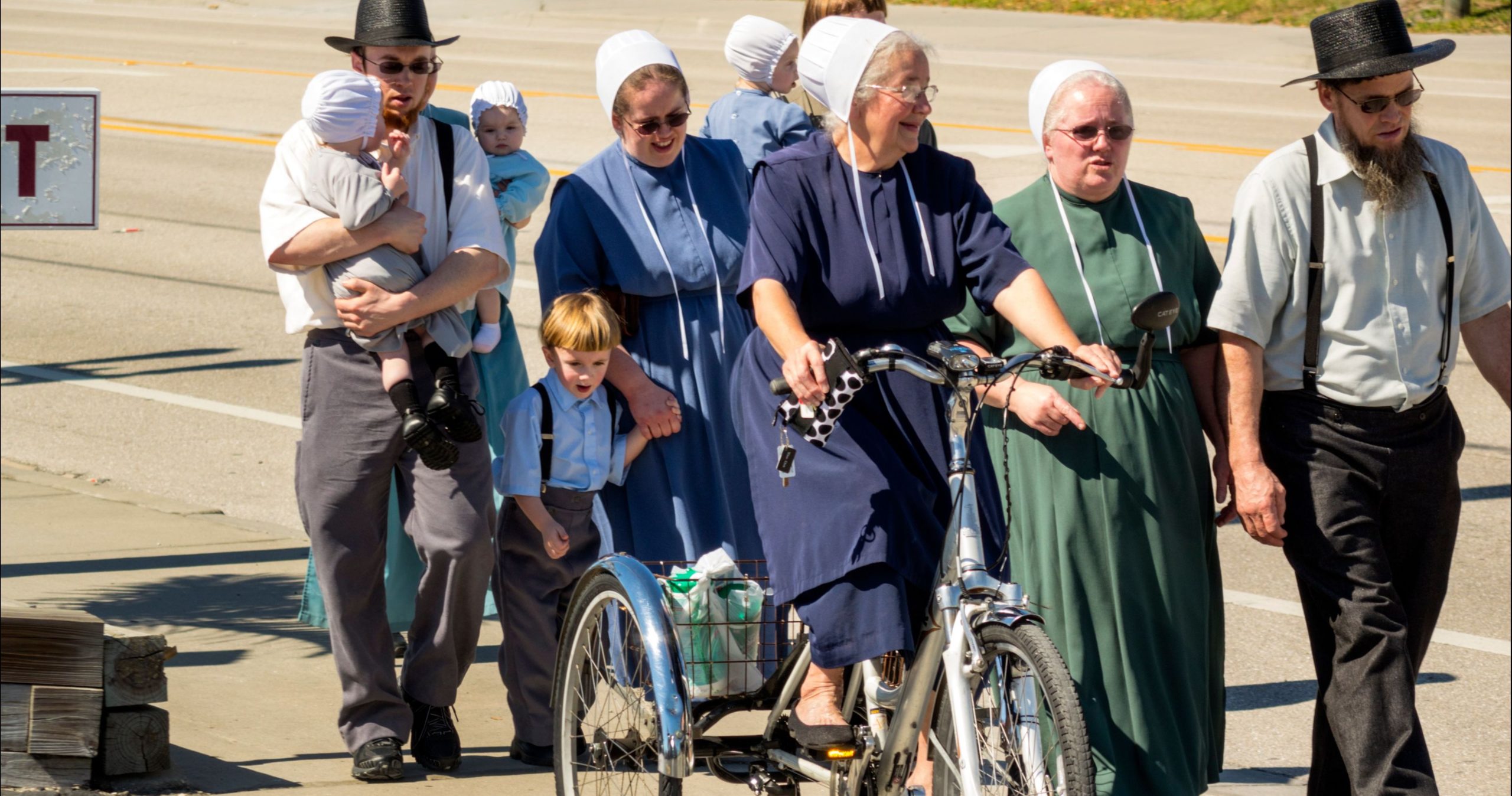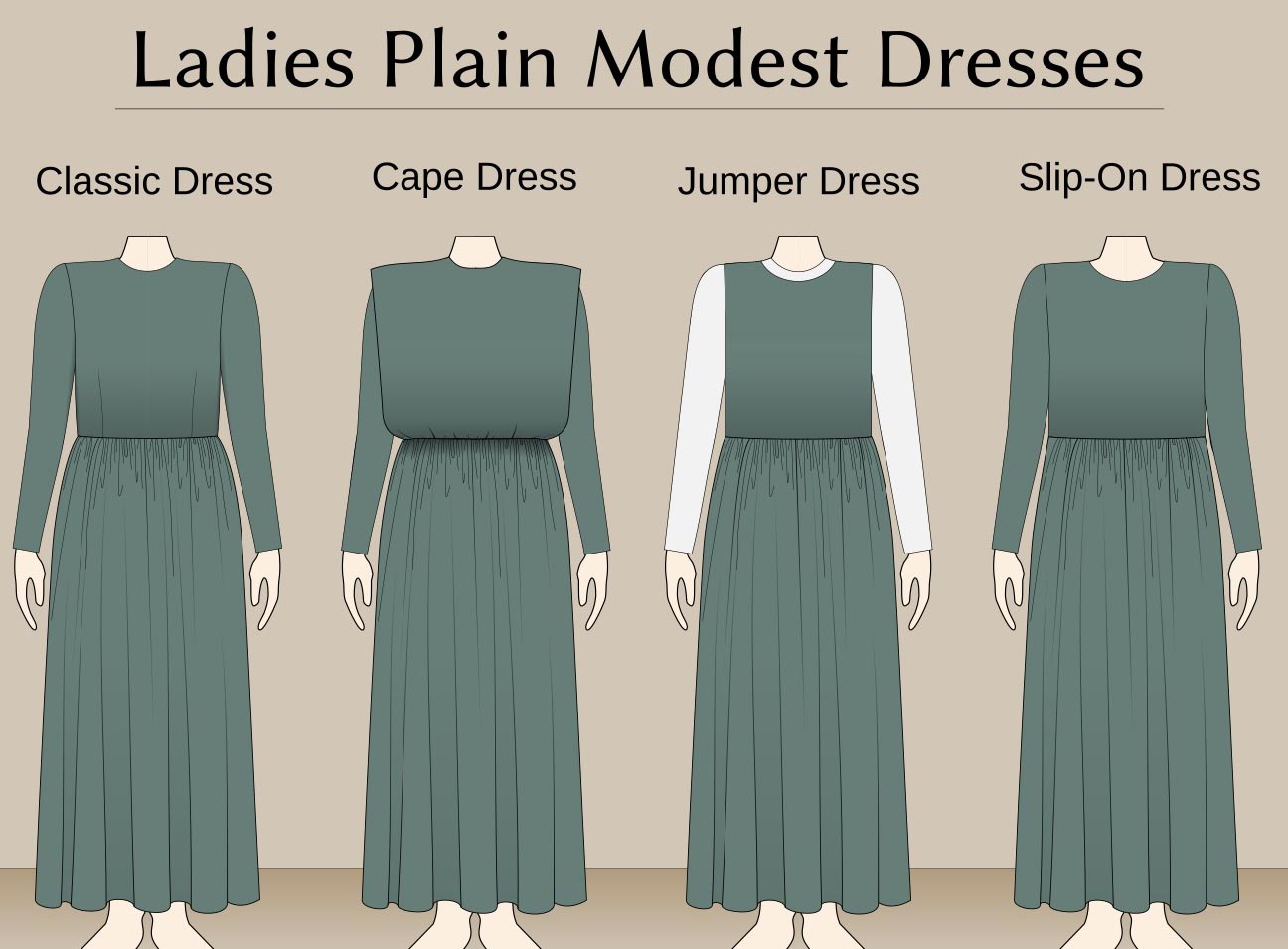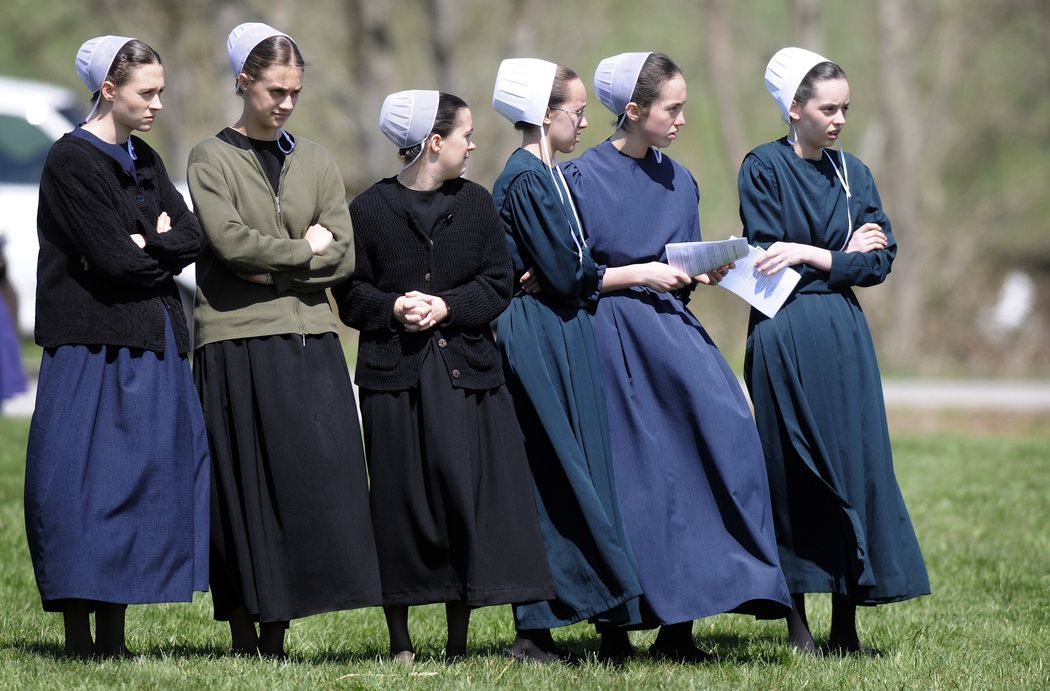Since many users are looking for Spdate in order to learn whether this dating platform is worthy of their efforts, we have tried to focus on all areas in the website from user reviews to privacy issues to alternative dating sites. This is an all-inclusive guide about the platform.
Key Takeaways
Spdate is a dating site, intending to cater to one’s needs for casual hookups and lasting relationships simultaneously. All the same, it has gone on to have some notoriety based on fake profiles and scams.
The bad user experience of Spdate includes lots of bots, intrusive ads, generic auto-messages, and, of course, suspicions connected with the treatment of personal data. If you’re looking for a better sex dating site we recommend instafuck.com
From no background check on criminal records to finding scammers, there are key safety and security issues going on with Spdate, which has prompted many of them to turn their focus to alternative dating sites such as Hinge, eHarmony, and OkCupid.
What is Spdate?
Spdate is the dating site purporting to offer a platform where singles can find, meet, and date people around them. Whether you’re looking for casual hookups or serious, long-term relationships, Spdate claims to have a comprehensive platform that shall help in connecting the individuals desirous of these. It gives particular services in this regard to the singles serious about having a long-term partner, which seems to have worked for the site’s popularity.
The most impressive thing about Spdate is its inclusiveness. The site accepts users from different religions, from Christians to Muslims. The age limit is anybody above 18, hence good for young adults and the older singles who need to find someone. Nevertheless, the reputation precedes this apparently nice dating platform, which we will expose further down the way.
Spdate User Experience
The user experience over Spdate is at best a mixed bag, more often tending towards the negative side. Many users have reported cases on bots and fake profiles, too many in number. Often, these automated accounts redirect the user to other sites, even asking for credit card information, which raises some question as to the legitimacy of the website.
There’s frustration, from unsolicited, automated-sounding texts that are not very personified to that, which has garnered this site a rating of only 2.4 out of 5 on Trustpilot, with fully 83% of the reviews at 1-star. Many people seek to know if this site is legit and thus look for an honest Spdate review. Many users feel that Spdate was more genuine in its younger days but has since turned into something scammy with fake profiles, especially since April 2020.
Let’s put these through experiences in particular areas.
Process of Sign-up
Signing up for Spdate is not difficult at all. It literally won’t take more than five minutes of your time. The developers have made the process as easy as possible – only the basic information such as the gender and age is needed. In addition, it doesn’t require email verification. All these little things make it very easy to get started. Still, maybe this is what allows many fake profiles on the website.
Inbox Messages
Following registration, users immediately start receiving inbox messages as others forward their messages. Nevertheless, these messages are a mixed bag. A lot of users have reported the different sorts of messages which range from the genuinely carried out ones to those that are clearly fraudulent. In most cases, the generic nature of the messages does show that these messages are automated for the most part, a turn-off especially if you are in search of a real connection.
Not infrequently, one gets messages from what looks like real profiles first, only to turn out being bots. This means there might be difficulty in a visible differentiation between real people and automated ones, further fueling the skepticism around this platform.
Profile Quality
The information in the profiles on Spdate is normally very scanty, leaving much to be desired. Scarcity of information bars users from getting an overview of who their prospective matches are, making it seem like a blank account. The lack of information can be pretty debilitating to the general quality of the dating experience since users will be merely guessing about the person behind the account.
This high prevalence of incomplete profiles really ruins things for many users and incites a feeling of distrust in many. If you can’t gather enough information about a possible match, building a meaningful connection becomes pretty challenging—and that is the ultimate goal of any dating site.
Privacy Concerns and Data
Many of the users within Spdate share many privacy concerns. The data sharing practices of the company are very vague, leaving users in the dark regarding what their information is used for and with whom it is shared. Again, this sounds like something that might raise a red flag, especially in the case of potential exposure to third-party advertisers or data brokers.
Many of the users reported that after registration, the number of email spam increased significantly, which leads to a conclusion that data may be shared without proper consent. All these risks are more relevant given the absence of a broad U.S. privacy law which could regulate consumer data collection, utilization, and selling. In this regard, it is necessary to understand what data Spdate collects and how it is used.
Personal Information
Spdate collects various types of personal information, including:
Names
Email addresses
User IDs
Sexual orientation
This information is used for account verification and for the development of the matchmaking process in terms of users’ preferences and behaviors. However, when such a huge volume of extremely personal information is obtained, there also come significant privacy risks if not protected in the right way.
Spdate has also come under scrutiny with the respect to the accuracy and security of the data that it collects. A good number of the users are uncomfortable with the misuse of their data, which in cases consists of private information like sexual orientation and preference.
The developers of apps at Spdate use device IDs to enhance the functionality of the apps and personalize user experience. They improve monitoring of user activity, which contributes to increased user retention and improved performance of apps. Through the tracking of user activities online, Spdate can collect extensive personal data, which is another concern.
These analytics help the platform in improving the following areas:
Developer communications
Advertising
Fraud prevention
Security
Compliance
Account management
Although these features seek to streamline the user experience on a site, they do, in fact, incorporate access to extremely sensitive data, including acquiring accurate location data, thus rendering privacy an utmost concern for the user.
Advertisement and Revenue Model
The primary sources of income for Spdate include advertising and premium subscription plans. The site is loaded with ads for the users, though, which pay extremely well. Therefore, having this dual revenue model allows the platform to be free while still reeling in decent ad revenue through the site pay.
However, their intrusiveness is what makes the premium subscription quite attractive to many users, just so they could have a smoother and less interrupted experience. In these, additional features are provided and the number of ads is limited, thus making it more attractive for serious users.
Ad Bombardment
One of the most frequent complaints that most Spdate users raise is about the annoying ads popping up on this website. There are constant pop-up ads and banner ads that most often keep annoying users. These could be very intrusive and often come up repeatedly, making it hard to move around the website with any kind of fluency.
The types of ads vary, including banner ads, pop-ups, and even video ads. While these ads are a significant revenue funnel for Spdate, they can be very annoying to the users, provoking many to consider premium options to avoid the ad bombardment.
Subscriptions offered by Spdate grant extended functionality for users, decreasing the quantity of ads. Payment for such subscriptions is possible using credit cards or any other ways of online payments. The premium subscription will improve user experience, enhance advanced search facilities, and add unlimited messaging.
Users can easily update their subscription payment details in the dashboard by way of sharable links. The app is free, so no hidden fees will surprise users at any time. Though, for many, premium options are worthwhile not to be bombarded by ads all the time and to have some other handinesses.
Safety and Security
Users regard safety and security on Spdate very highly. Many of them have even complained that Spdate doesn’t do background checks against the criminals, thus making the users sitting ducks to anybody with malicious intentions, like scams and fraud. That the system is chock-full of fake profiles and bots complicates things even more in trusting the activity on the site.
Facial recognition technology and probable compromise of anonymity raise very serious concerns about privacy. This is why users are warned against live or motion photos in postings that include geolocation information. A reverse image search is one of the methods through which a user can know their images are safe from being misused. Let’s get deeper into specific scams and security measures.
Scams and Fraudulent Activity
It is one of the fake dating sites where scammers apply all possible strategies to deceive and manipulate users on Spdate. Most often, they create fake profiles with few photos and start declaring their love immediately to all people in a row to win over the victims’ trust. The scammers may pretend to be from the United States but now residing or traveling abroad. In most cases, they ask for money and come up with some really plausible stories of needing financial help.
They very often instruct users to move the conversation to email or text, whereby it becomes harder to track. Users are advised to stop immediately any communication with a user who projects suspicious behavior and not to reveal their personal information. Be wary of anyone who requests your phone number or wants to communicate outside of Spdate.
Reporting and Blocking Users
Further features are reporting and blocking for the protection of users’ security. Reports include begging for money, with inappropriate messages, or a fake profile. Users can block a person and report them anonymously on the platform, thus keeping them safe while using the website.
These features are of critical importance in ensuring a safer environment for online dating.
Spdate Alternatives
If Spdate doesn’t turn out to be the one that fulfills all of your needs, then there are many other dating sites one could use. Some of them provide a more reliable and enjoyable user experience with better safety measures taken and more authentic profiles. From free dating sites to paid premium ones, there’s something for everyone.
Popular choices for dating apps/sites include:
Hinge: focused on long-term connections; detailed profiles enable meaningful matches.
eHarmony: A high-end dating website matching couples based on a personality test and 29 dimensions of compatibility
OkCupid: Provides in-depth user profiles along with a range of questions designed to measure compatibility. This thus makes the site more compatible with users seeking more profound matches.
Let’s cover these options in some detail.
Free Dating Websites Which Are Popular
If you’re a little gun-shy about investing in dating services, there are some popular free dating sites. Tinder is probably the most well-known, given its swipe-based methodology that lends itself to casual hookups and conversations. Another great option is Bumble, which empowers women to make the first move in heterosexual matches, thus ensuring a female-friendly environment. It even has a feature called Bumble BFF for making friends.
Coffee Meets Bagel is a bit more curated, delivering a set number of matches each day and suggesting ice breaker questions for that all-important first message. Free dating websites offer different features to cater to a range of individual tastes, thus helping single people find the right person more easily.
Paid Premium Dating Sites
If you’re going to be spending your hard-earned money, websites like eHarmony and International Cupid will deliver quality dating. eHarmony has a long personality test coupled with an in-depth matching system that points to 29 dimensions of compatibility. The website also features a money-back guarantee if one is not satisfied after three months of paid membership.
Interior Cupid primarily targets the matching of international singles in different countries. The service is offered mainly for serious-minded customers who are committed to serious relationships, where a clear-cut platform is necessary for finding love beyond borders. Such services—at a premium rate—come with more powerful features and better safety and are therefore well worth the effort if one is really looking to get a life partner.
Summary ????
The bottom line when it comes to Spdate is that it’s really a mixed bag of features and user experiences. On the one hand, it grants a platform to singles for meeting and dating; on the other hand, the bots, fake profiles, and unsolicited messages bring down its reliability. Concerns regarding privacy and obscure data-sharing practices also lessen trust in this platform.
Others searching for various alternatives have a variety of free and paid options other than dating websites, which are more reliable and fun. Whether you use Tinder for some swipe-based fun, eHarmony for some highly detailed matchmaking, or International Cupid for finding someone across the world, there is something to suit your needs. Your choice will solely depend on your preferences and what you want to get out of online dating.
Frequently Asked Questions
What is Spdate?
Spdate is an online personals dating site targeted at singles in search of long-term dating alliances. It offers a platform on which to meet and date those living near you with the freedom to serve different age and religious groups.
How does my sign up on Spdate look like?
The signup process on Spdate is very easy, not taking more than five minutes. The site needs very little information, with no email verification required. Give it a go!
Are there any privacy concerns with Spdate?
Yes, there are several concerns with respect to the treatment of privacy on Spdate, particularly in relation to unclear sharing practices that expose them to third-party ad players and data brokers. This can cause email spam for some users.
What are the ads like on Spdate?
You can expect many pop-up ads, banner ads, and video ads with Spdate, which may get really intrusive and interfere with your user experience. Be ready for these because you may want to use the platform.
What are the alternatives to Spdate?
You might want to give Tinder, Bumble, Coffee Meets Bagel, eHarmony, and International Cupid a shot if you need options with different features, each catering to different preferences. There are plenty of other options for you out there!












